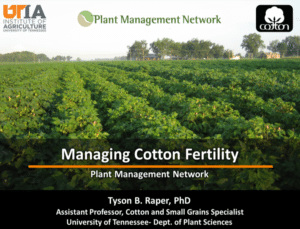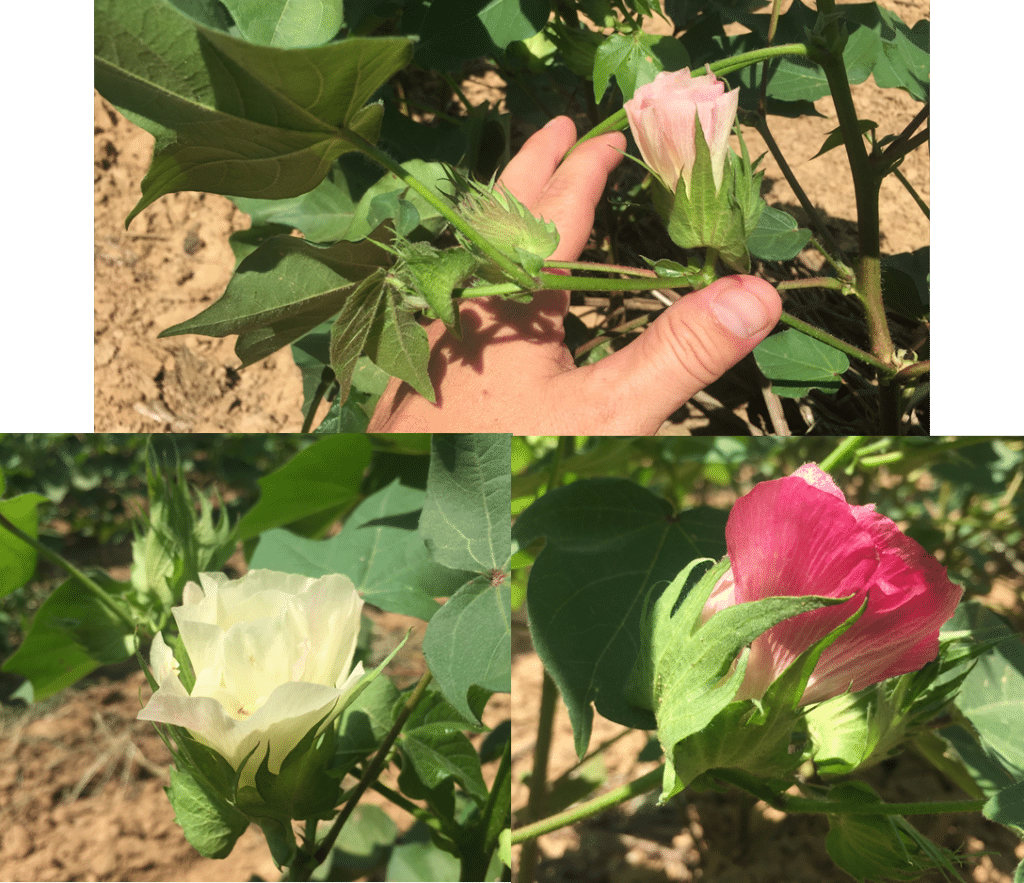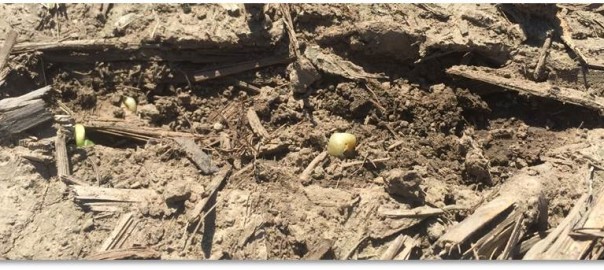All posts by Tyson Raper, Cotton & Small Grains Specialist
Red leaves in cotton: Causes and implications
Tyson Raper, Heather Kelly and Frank Yin
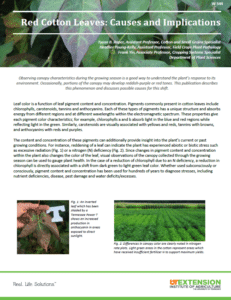
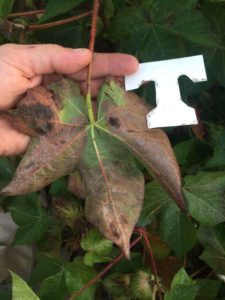 Observing canopy characteristics during the growing season is a good way to understand the plant’s response to its environment. Occasionally, portions of the canopy may develop reddish-purple or red tones. The synthesis of anthocyanin, the pigment which typically causes the reddening, is commonly increased after leaves are exposed to light following multiple abiotic and biotic stresses. Continue reading
Observing canopy characteristics during the growing season is a good way to understand the plant’s response to its environment. Occasionally, portions of the canopy may develop reddish-purple or red tones. The synthesis of anthocyanin, the pigment which typically causes the reddening, is commonly increased after leaves are exposed to light following multiple abiotic and biotic stresses. Continue reading
Managing Cotton Fertility; new Plant Management Network Presentation now available
Properly managing cotton fertility is an important step in maximizing the efficiency and productivity of all cotton production systems; mismanagement by either over- or under-applying a given nutrient can result in yield penalties and substantial increases in expenses. This year has been no exception- K deficiencies are present in many West TN cotton fields (see adjacent image) and sulfur deficiencies are appearing sporadically as well (see July 6th 2016 article on our modified recommendations). Although I’ve only seen a few areas which are currently deficient in N, it is a safe bet that the number of areas deficient in N and most other nutrients will increase as we move into boll fill. Continue reading
Updated sulfur recommendations for cotton
Tyson Raper and Frank Yin
ARTICLE OVERVIEW
- Sulfur deficiencies are starting to show up this year in TN cotton.
- Deficiencies appear as uniform chlorosis of new growth, slight stunting
- Soil applied applications of ammonium sulfate can still remedy the deficiency
- Late season deficiencies can be addressed with (2) applications of magnesium sulfate (Epsom salt)
- UT currently recommends 10 lb S per ac for cotton
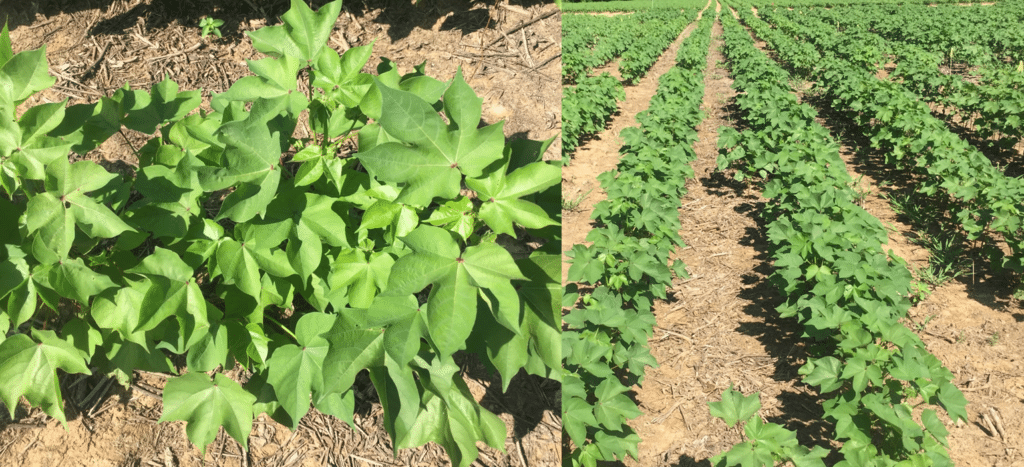
Sulfur (S) deficiencies are beginning to appear in some West TN cotton fields. The image above was taken last week at Ames Plantation in a trial conducted by Dr. Frank Yin. Although the soils at that location (Collins fine sandy loam) are coarser than our typical silt loam, I was surprised to see such a strong response to the nutrient by Continue reading
Managing cotton plant growth in 2016
Many fields in West TN reached first flower well-before the 4th. I wouldn’t be surprised if over half of our acres will be blooming by the end of the week. With rain and warm temperatures in the forecast, expect very rapid plant growth in areas which have adequate moisture as we move into flowering. For those who have not applied an early shot of a plant growth regulator (PGR), you should consider doing so very soon. Several points should be considered when attempting to regulate growth in 2016. Continue reading
Cotton Planting Forecast, May 6th
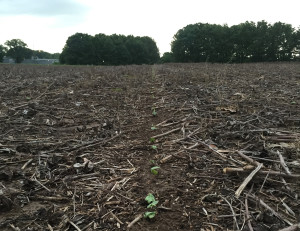 I’ve always heard if you start planting cotton on Friday you will never finish. . . but I’ve also been told on multiple occasions that you may only get one shot, so make it count.
I’ve always heard if you start planting cotton on Friday you will never finish. . . but I’ve also been told on multiple occasions that you may only get one shot, so make it count.
The forecast for the next three days looks very good but Continue reading
Cotton Planting Forecast
I’ve spoken with several who planted a few fields last week. Soils have been a little cooler than we would prefer but it was hard to keep the planter at the shop with 60+ degree soil temperatures at 3” at 8 AM with warm temperatures in the forecast. Moisture is currently not hard to find in most areas given you caught some of the showers Continue reading


